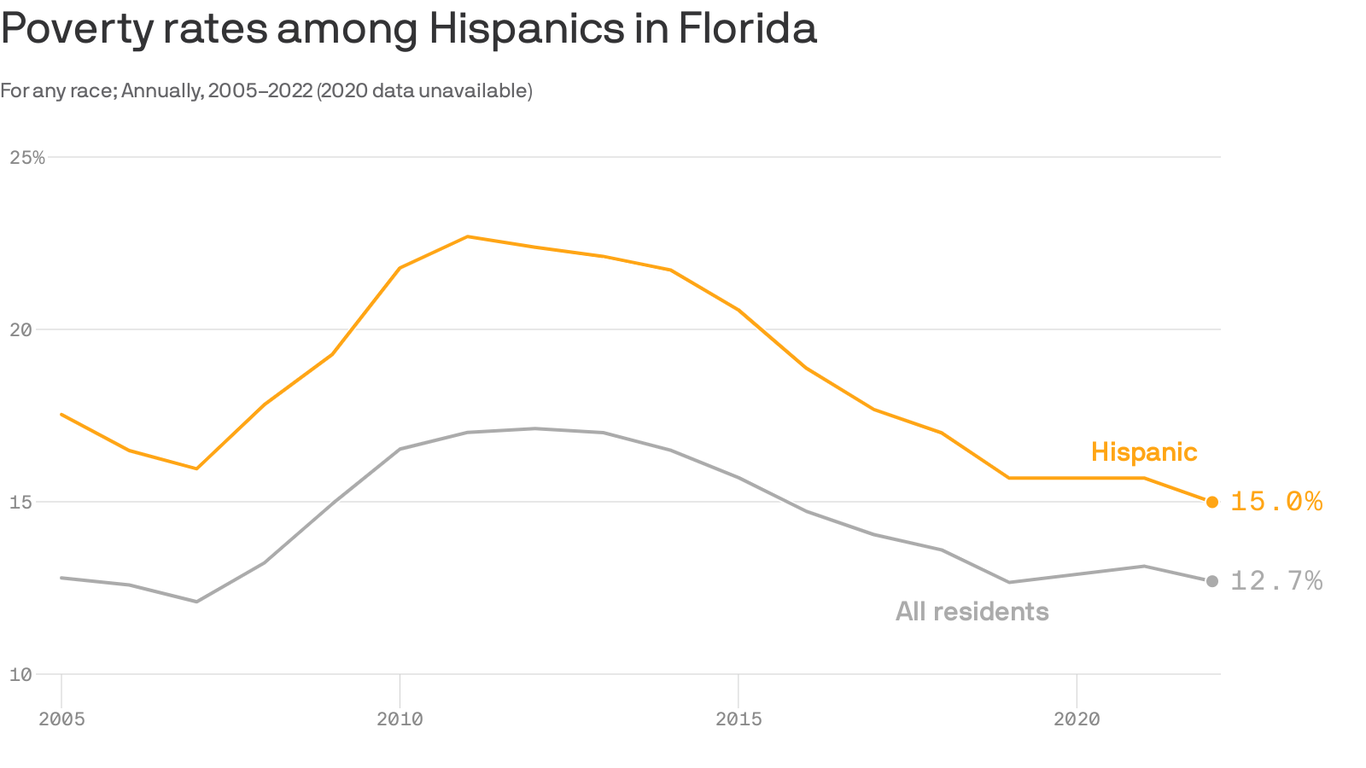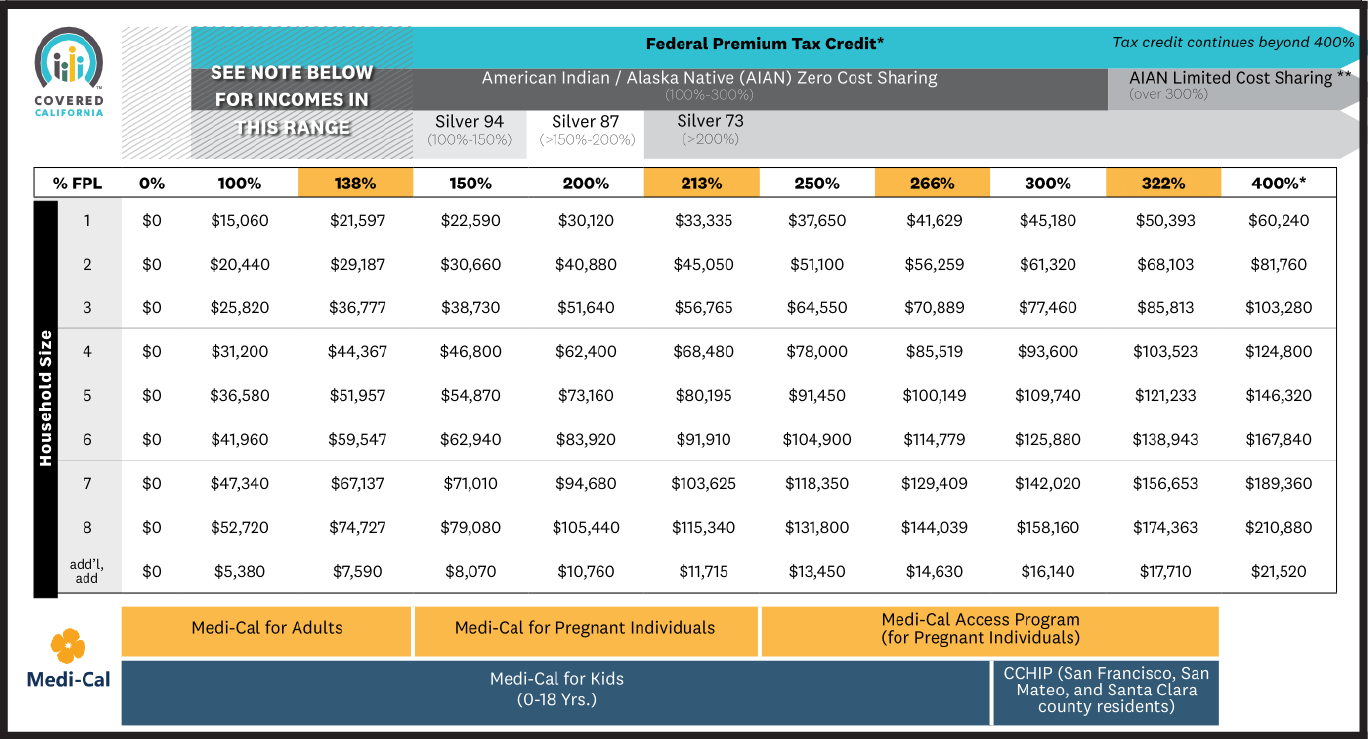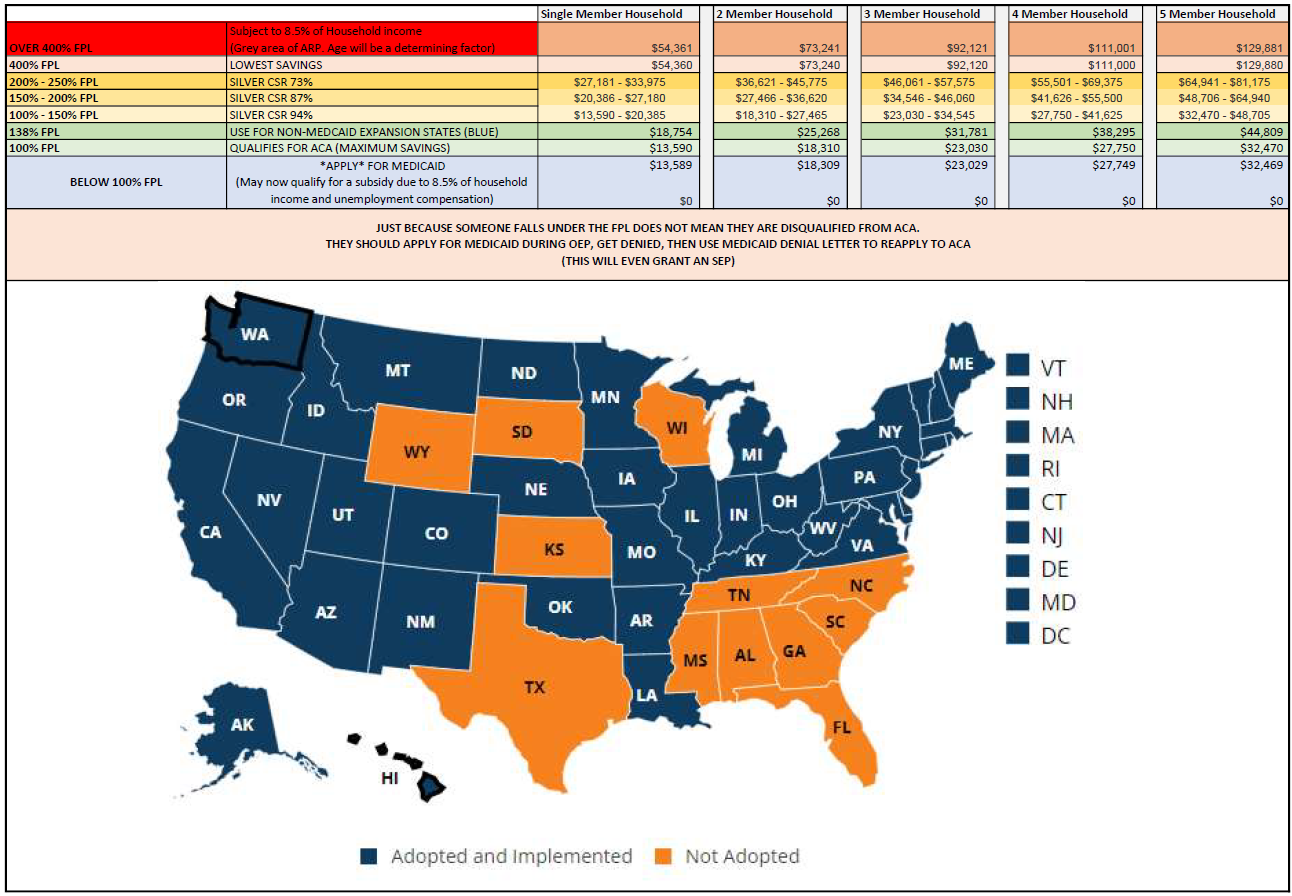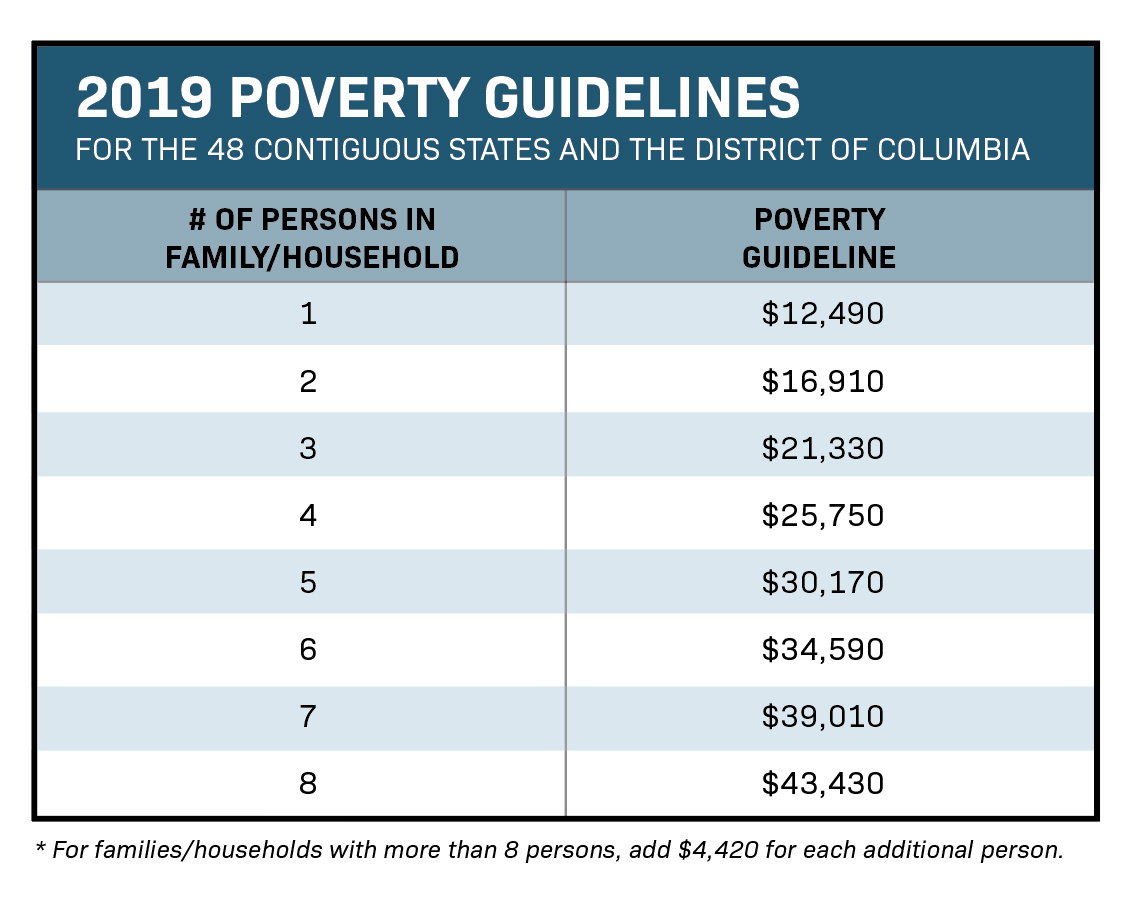Table of Contents
- FPL – Federal Poverty Level (2023) | O'Neill Marketing
- What Income Is Considered Poverty Level in Florida in 2024?
- Map Of Florida In 2050 - Franny Antonietta
- Florida's Hispanic poverty rate falls but remains above U.S. average ...
- 2025 Fpl Chart Dhcs - Bruno Carter
- What Income Is Considered Poverty Level in Florida in 2024?
- Poverty Level 2024 Florida Single Person - Tiena Lindie
- What Income Is Considered Poverty Level in Florida in 2024 ...
- 2024 Poverty Level Florida - Seana Courtney
- What Is The Poverty Level For 2025 - Tatum Carlotta



What are the Federal Poverty Income Guidelines?




Collier County, FL: A Closer Look



How do the Guidelines Affect Collier County Residents?
The FY2025 Federal Poverty Income Guidelines can have a significant impact on Collier County residents. For example: Medicaid eligibility: Individuals with incomes up to 138% of the FPL may be eligible for Medicaid. SNAP benefits: Households with incomes up to 200% of the FPL may be eligible for SNAP benefits. CHIP: Children in families with incomes up to 200% of the FPL may be eligible for CHIP. In conclusion, the FY2025 Federal Poverty Income Guidelines are an essential tool for determining eligibility for various government programs in Collier County, FL. Understanding these guidelines can help residents navigate the complex system and access the benefits they need. If you are a resident of Collier County and are unsure about your eligibility for government programs, we encourage you to visit the Florida Medicaid website or contact a local social services agency for more information. By staying informed about the FY2025 Federal Poverty Income Guidelines, Collier County residents can take the first step towards accessing vital resources and improving their overall well-being. Remember to check the guidelines regularly, as they are subject to change, and don't hesitate to reach out for help if you need it.Keyword: FY2025 Federal Poverty Income Guidelines, Collier County, FL, Medicaid, CHIP, SNAP, government programs, eligibility, income levels, poverty rate.